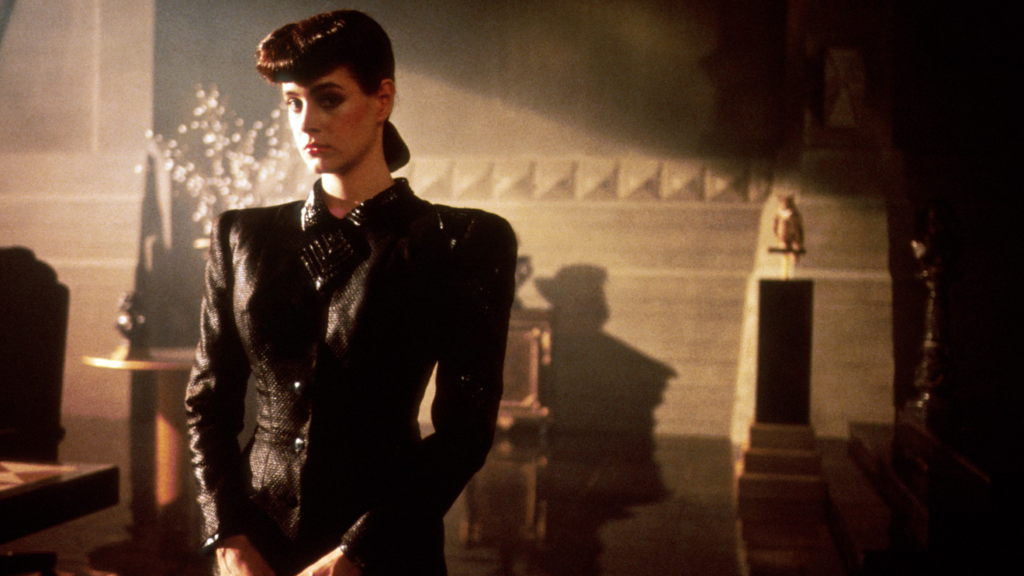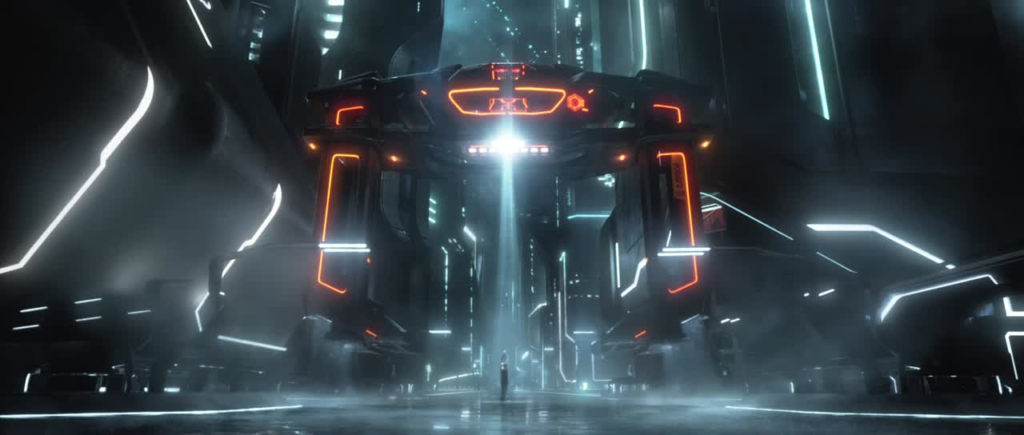Blade Runner (1982)

The influence of classic Soviet constructionist cinema on Blade Runner is evident in its visual style, design, and editing techniques, which help to create a futuristic, dystopian world that is both mesmerizing and imposing on an audience.
Ridley Scott, the film’s director, used the works of Soviet Constructionist filmmakers such as Sergei Eisenstein and Dziga Vertov as inspiration for the film’s visual style, in particular, the use of monumental industrial architecture, strong geometric shapes, and stark contrasts between light and shadow in the film’s sets, reminiscent of the visual conventions of Soviet constructionist cinema.
Additionally, the use of montage in Blade Runner is also influenced by Soviet filmmaking techniques, using quick cuts and juxtapositions to create a sense of disorientation and fragmentation, similar to the techniques employed by Soviet filmmakers to create a heavy sense of dynamic movement and energy.
Tron: Legacy (2010)

Tron: Legacy is a perfect example of how the principles of Soviet constructivism have continued to influence modern-day cinema, particularly in the genres of science fiction and fantasy.
The film’s director, Joseph Kosinski, took inspiration from Soviet constructivist artists such as El Lissitzky and Alexander Rodchenko for the film’s visual style. Kosinski’s use of neon colors, geometric shapes, and clean lines establishes a very clear connection to the roots of Soviet Constructivist cinema.
Kosinski also drew inspiration from the conventions of Soviet constructivism, particularly in his use of modular design and simple, functional forms. The film’s sets, costumes, and vehicles all reflect various iterations of Soviet constructionist designs, with sleek, angular shapes and use of bold geometric patterns.
In addition, the film’s visual effects, created using a combination of live-action footage and computer-generated imagery, also display the influence of Soviet Constructivist art. The film’s use of digital light and shadows, combined with its sleek, minimalist design, create a futuristic, stylised environment that clearly displays the effect of Soviet Constructionism on the final project.